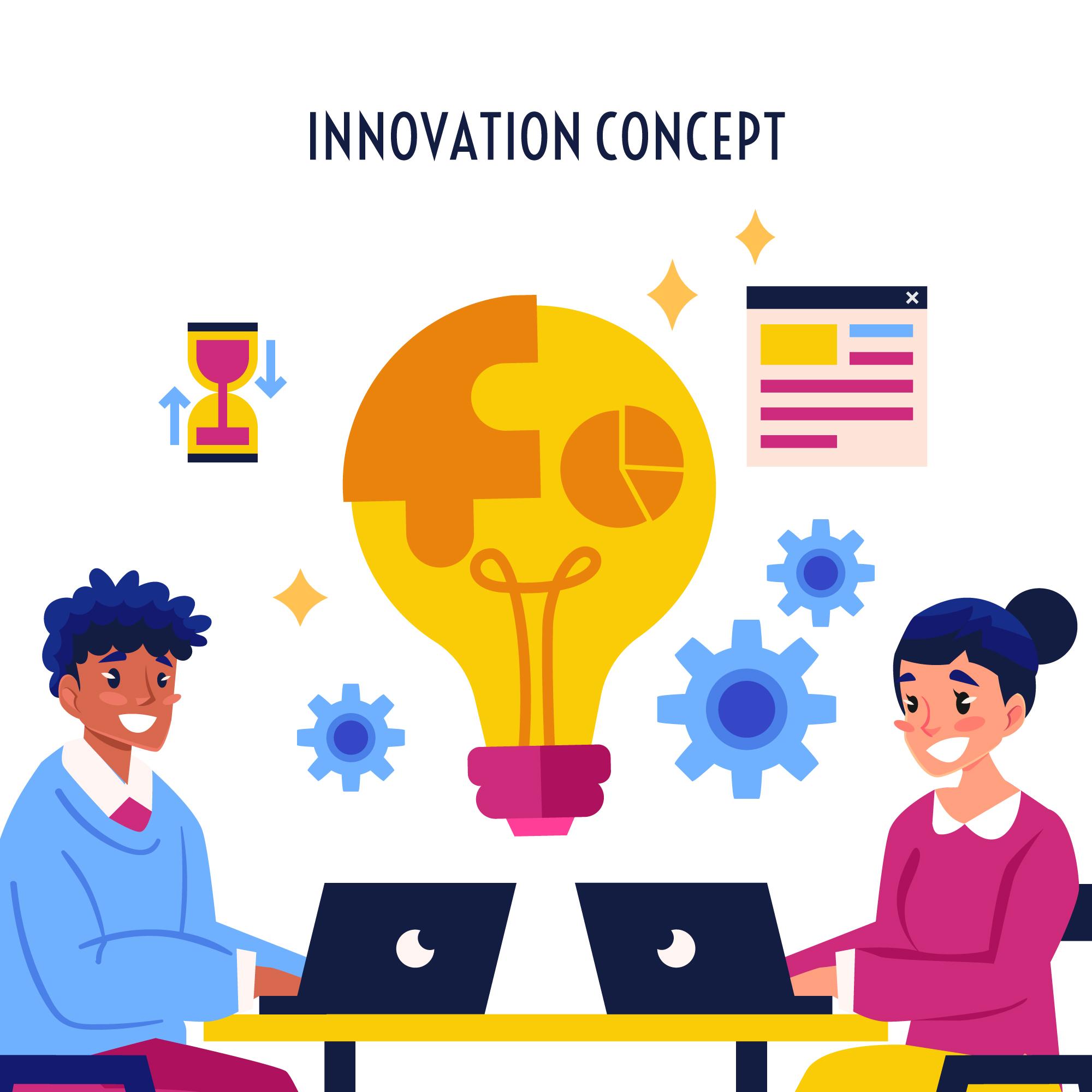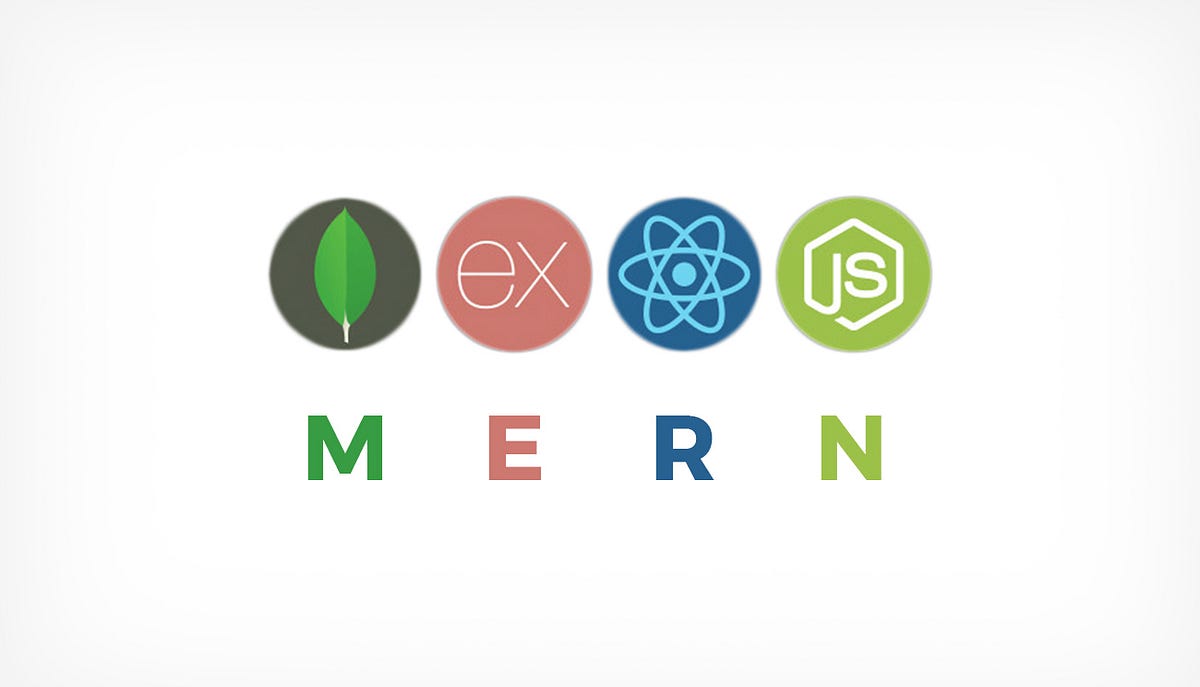How to Build a Full Stack Web Application from Start to Finish
 Abdul Rafay Khan
Abdul Rafay Khan
Turning a concept into a fully functional web application is an exciting journey. Here’s a simple guide to help you understand each step of building a full stack web app, from your initial idea all the way to deployment.
1. Start with an Idea
Begin by defining what your app will do. Ask yourself:
What problem does it solve?
Who will use it?
What are the must-have features?
Make a list of these features and user stories to guide your development.
2. Choose Your Technology Stack
Picking the right tools is crucial. A typical web app stack includes:
Frontend: What users see. Common tools are React, Angular, or Vue.js.
Backend: The logic behind the scenes. Think Node.js, Django, or Ruby on Rails.
Database: Where data is stored. Options include PostgreSQL, MySQL, or MongoDB.
DevOps: Tools for automating deployment and managing infrastructure, like Docker and CI/CD pipelines.
Choose technologies that match your needs and are easy for you to work with.
3. Develop the Frontend
Start building the part of your app that users interact with. Create wireframes and mockups to plan your design. Then, use a frontend framework to bring your design to life.
Key Points:
Responsive Design: Ensure your app works on all devices.
Reusable Components: Build reusable parts to keep your code neat.
State Management: Manage data flow with tools like Redux or Vuex.
4. Build the Backend
The backend handles everything that happens behind the scenes. Set up your server, create API endpoints, and manage data with your database.
Key Points:
Security: Protect your app with encryption and authentication.
Scalability: Make sure your app can handle growth.
API Documentation: Clearly document your API for easier development.
5. Connect to the Database
Design your database to store and manage your app’s data effectively. Decide on a schema that supports your app’s features and ensure it’s easy to query and update.
Key Points:
Normalization: Organize your data to avoid redundancy.
Indexing: Speed up data retrieval with indexes.
Backup: Regularly back up your data to prevent loss.
6. Test Your App
Testing ensures your app works correctly. Run different types of tests to catch and fix issues early.
Key Points:
Unit Testing: Check individual parts of your app.
Integration Testing: Test how parts work together.
End-to-End Testing: Simulate real user interactions to check overall functionality.
7. Set Up CI/CD Pipelines
Continuous Integration (CI) and Continuous Deployment (CD) automate testing and deployment. This ensures that your app is always up-to-date and free of bugs.
Key Steps:
Code Commit: Push changes to your version control system.
Automated Testing: Run tests automatically.
Build and Deploy: Build your app and deploy it to your server.
8. Deploy and Host Your App
Finally, deploy your app so users can access it. Choose a hosting service that fits your needs, such as AWS, Heroku, or Netlify. Use a Content Delivery Network (CDN) to speed up content delivery and set up monitoring to track your app’s performance.

Conclusion
Building a full stack web application is a step-by-step process that takes your idea from concept to reality. By following these steps, you’ll create an app that’s functional, secure, and ready for users. Share your thoughts or questions in the comments below—let’s talk about how to make even better apps together!
Subscribe to my newsletter
Read articles from Abdul Rafay Khan directly inside your inbox. Subscribe to the newsletter, and don't miss out.
Written by

Abdul Rafay Khan
Abdul Rafay Khan
Hi, I’m Abdul Rafay Khan! I’m a software engineer with a passion for full stack development. I enjoy solving coding challenges and helping others in the tech community. Along with my love for coding, I provide a range of digital services, including web and app development, SEO, eCommerce solutions, and social media marketing. I’m here to share my knowledge, learn from others, and contribute to the growing world of technology. Let’s connect, collaborate, and create digital success together!